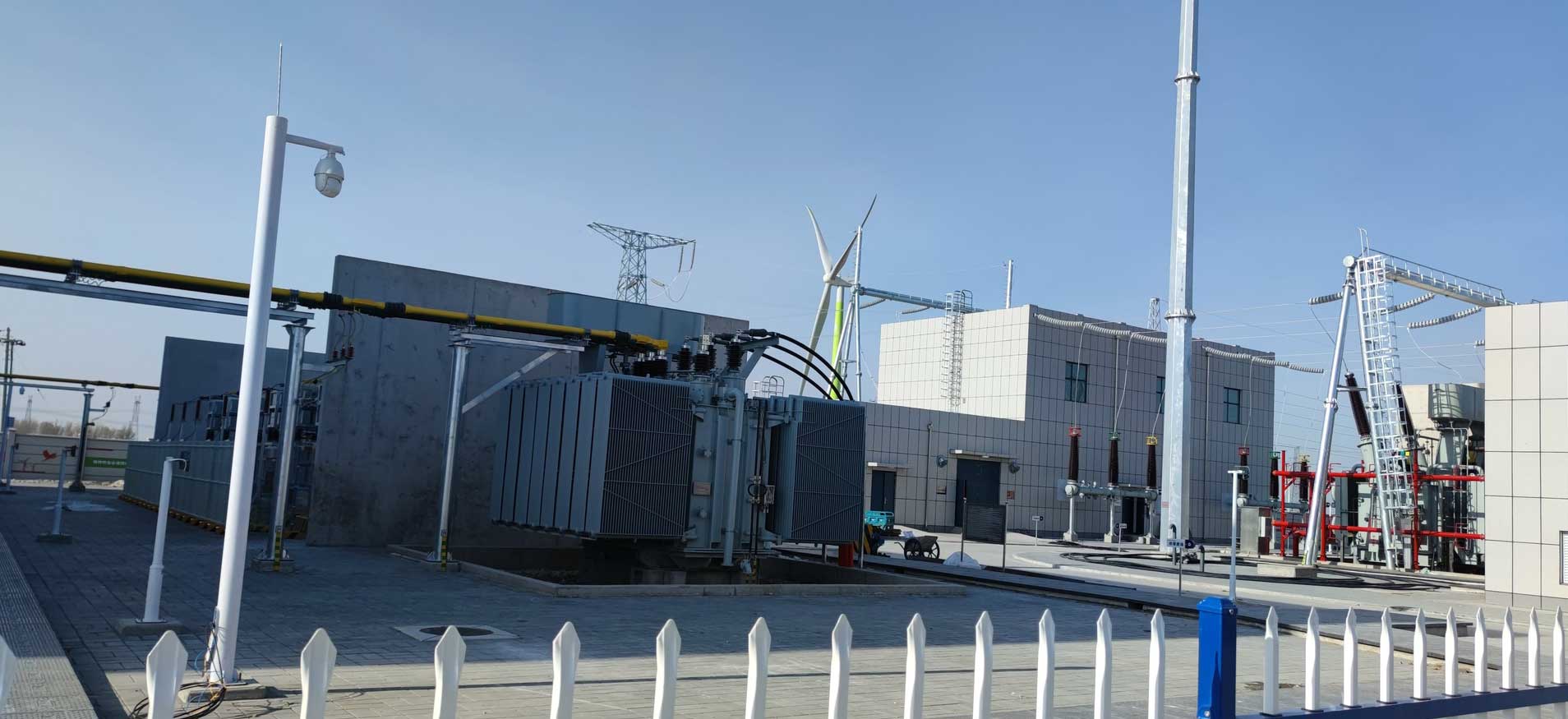With the development of the economy, China's power grid technology is also rapidly advancing, and 220kV substations have become the mainstream power supply station for urban power supply. However, in actual operation, overvoltage often occurs, posing serious safety hazards to the power supply system. In the actual operation of a 220kV substation, operating overvoltage and vibration overvoltage are the two highest frequency overvoltage phenomena. Due to the fact that overvoltage issues not only threaten the safety of power equipment, but also have a significant impact on the personal safety of power operators, research on overvoltage issues is of great significance.
1. Overvoltage phenomenon in substations
The phenomenon of overvoltage in substations mainly refers to the voltage instability caused by sudden rise or fall of voltage during the operation of substations. There are two types of overvoltage phenomena in substations: resonant overvoltage and operating overvoltage. The hazards and reasons caused by these two types of overvoltage are different. As the name suggests, overvoltage operation is caused by improper operation by the operator, resulting in voltage instability in the substation circuit. The circuit current cannot flow normally, manifested as a sudden increase or decrease in voltage. Resonant overvoltage is caused by the voltage self loop, which generates self oscillation during continuous operation, causing periodic voltage changes and causing the electrical appliances used by the user to operate in an overload state. Both types of overvoltage can cause harm, but in the long run, the harm of resonant overvoltage is greater than that of working overvoltage, because after working overvoltage occurs, as long as working errors are corrected, circuit errors can be avoided; The duration of resonance overvoltage is long, and the resonance phenomenon is unstable. Although the analysis is relatively simple, it is difficult to match the reasons one by one. Workers need to develop a complete set of strategies to prevent overvoltage.
2. The causes of overvoltage in transformers
There are more than one reasons for the occurrence of overvoltage, and this article only analyzes a few common ones.
Firstly, the substation was built according to the contract. In this situation, it is difficult to ensure that the substation is fully completed according to the technical personnel's requirements, which may lead to problems in construction and welding. The construction unit cannot guarantee the use of correct parameters in the right place, which can pose hidden dangers for future use. If the welding position does not meet the requirements, the thermal effect is insufficient when the current passes through, which affects the subsequent performance.
Secondly, most substations are not built in one go, but have undergone years of construction. Generally speaking, substations are built and used simultaneously. In this case, when the new substation is connected to the old substation, the monitoring of the old substation is not comprehensive enough, and the internal problems are not checked, which can cause overvoltage operation. When the substation is put into use, electrical components will inevitably be lost. The influence of these uncontrollable factors greatly increases the frequency of overvoltage, which cannot meet the requirements of the protection system.
Finally, 220kV is a very high voltage and is prone to inductance. Regardless of the chosen wiring method, the system will be in an overvoltage state.
3. Analysis of resonant overvoltage causes
Resonant overvoltage is a special state that is significantly different from operating overvoltage. The root cause of resonant overvoltage in substations lies in the main transformer and inductor coils. In the process of using the main transformer and inductor coil, the loss current and magnetization current together constitute the no-load current, which are saturated and have a higher possibility of resonance.
There are two types of resonance: series resonance overvoltage and parallel resonance overvoltage. When the series resonance overvoltage is operated, it will cause the equipment to be in a brief pause state, changing the saturation state of the iron core. The saturation state of the iron core determines the degree of inductance phenomenon, and the equipment will experience overvoltage phenomenon. Parallel resonance overvoltage often occurs in small systems. At the throttling moment, the magnetic field energy in the inductor can be converted into electrical energy, and there is a higher likelihood of resonance and overvoltage occurring simultaneously.

Kvtester Electronics Technology Co.,Ltd. is a high-tech enterprise specializing in power testing, testing, research and development, production, and sales of testing equipment. It has been engaged in the electrical testing industry for many years, and its products are of high quality. We welcome customers to come and purchase. Service hotline: 0086-27-81778799, to learn more, visit the official website: www.kvtester.com





